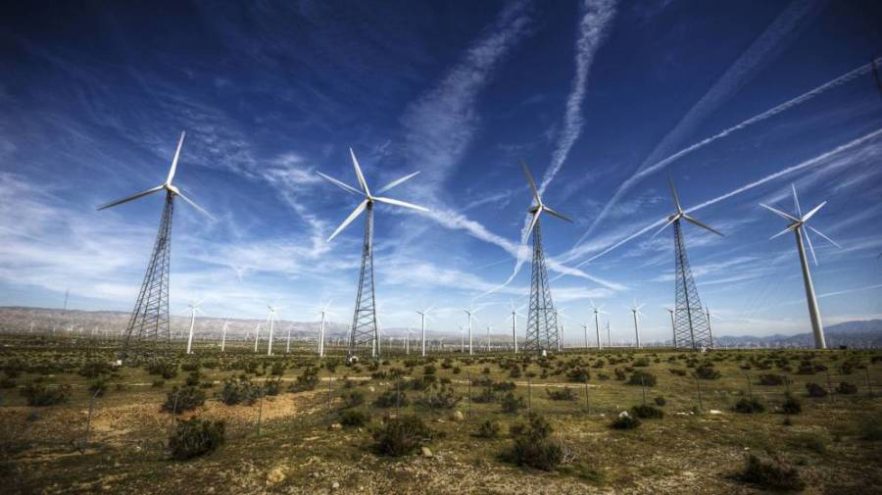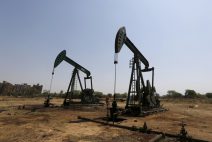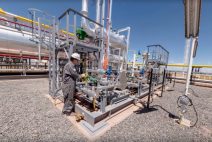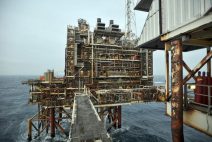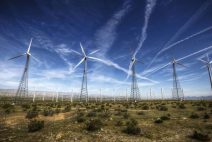The global economy will need an annual investment of $4.1 trillion in transition technologies and energy infrastructure by 2050, according to the consulting firm EY. The firm warns that, although a new energy system is being generated, the most significant changes will not be seen until after 2030.
According to its latest report, which speaks not of one but of "multiple energy transitions," solar and wind energy will power "almost everything" for the next decade. Renewables, in general, will align supply with demand, and oil and gas will become more environmentally friendly.
In fact, it continues, green energy will dominate power generation by 2038 and represent 62% of the energy mix by 2050.
In Europe, clean energy will focus on wind power, and the combination of onshore and offshore wind will become the main source of power generation in the region by 2027.
The consulting firm also predicts that global final energy demand will increase by 17% by 2050, as growth engines in China and South Asia compensate for the stability experienced in the United States and Europe.
As for the final consumption of electricity, it is expected to grow to 24% by 2030 and 32% by 2050.
Likewise, the work foresees that the doubling of electricity consumption, along with hydrogen absorption, will offset fossil fuel consumption so that the latter meets 57% of the final energy demand, compared to the current 72%.
Regarding the use of fossil fuels, which will peak before the end of this decade, the removal of hydrocarbons will take longer, vary by market, and be more expensive than expected.
Finally, the report suggests the need to build a hyper-smart and flexible network under extreme pressure in electrical networks as the adoption of renewable energy grows.
